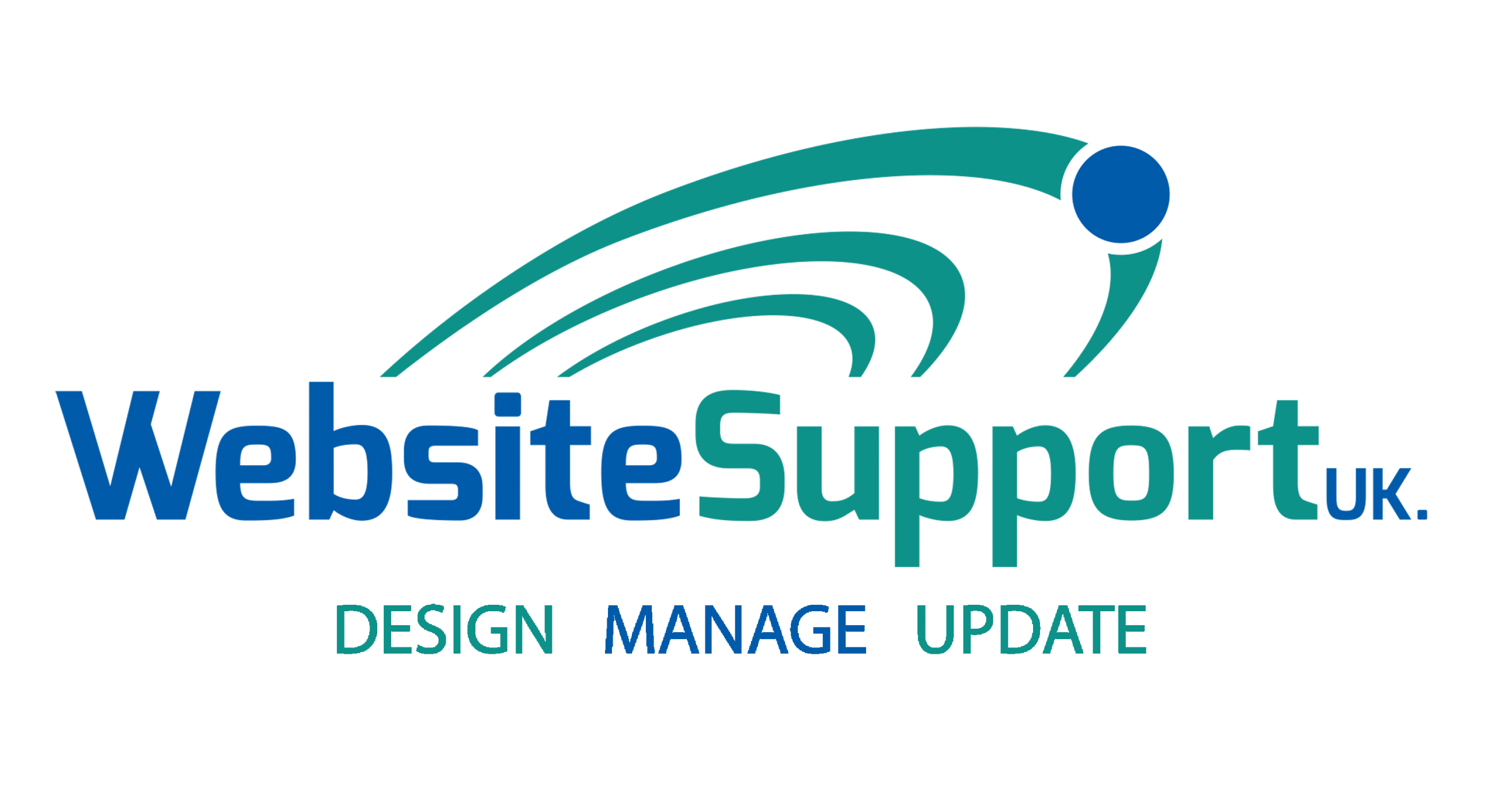In today’s digital world, a website is often the first interaction a potential customer has with your business. A well-planned website can establish credibility, attract new customers, and drive business growth. However, creating a website isn’t just about aesthetics; it requires careful planning to ensure it aligns with your business goals and meets the needs of your audience. Here’s a step-by-step guide to help you plan a successful website for your business.
—
## **Step 1: Define Your Goals**
Start by identifying the primary purpose of your website. Is it to:
– Sell products or services online?
– Generate leads?
– Provide information about your business?
– Showcase a portfolio?
– Build brand awareness?
Clearly defined goals will guide your decisions on design, functionality, and content.
—
## **Step 2: Understand Your Target Audience**
Know your audience’s demographics, preferences, and online behaviour. Consider:
– **Who are they?** (age, profession, interests)
– **What do they need?** (information, products, or services)
– **What problems can your business solve for them?**
This understanding will influence your site’s layout, tone, and features.
—
## **Step 3: Research Competitors**
Analyse competitors’ websites to understand industry standards and identify opportunities for differentiation. Look at:
– Their design and branding.
– The user experience (navigation, load times, responsiveness).
– Content and features (blogs, e-commerce, contact forms).
Take note of what works well and where you can improve.
—
## **Step 4: Plan the Structure**
Outline the pages and sections your website will have. Common examples include:
– **Homepage**: A strong first impression with an overview of your offerings.
– **About Us**: Highlight your business story, mission, and team.
– **Products/Services**: Showcase what you sell or offer.
– **Blog**: Share valuable insights to engage and educate your audience.
– **Contact Page**: Include your location, contact form, and social links.
Use a sitemap to visualize how users will navigate your site.
—
## **Step 5: Choose the Right Platform**
Select a platform that suits your business needs, technical skills, and budget. Options include:
– **Content Management Systems (CMS)**: WordPress, Joomla, or Drupal for flexibility.
– **E-commerce Platforms**: Shopify, WooCommerce, or BigCommerce for online stores.
– **Website Builders**: Wix or Squarespace for simple, drag-and-drop customization.
—
## **Step 6: Focus on User Experience (UX)**
A seamless user experience keeps visitors engaged and encourages them to take action. Key considerations:
– **Responsive Design**: Ensure your site works well on mobile, tablet, and desktop.
– **Fast Loading Times**: Use optimized images and efficient coding.
– **Easy Navigation**: Implement a clear menu structure and call-to-action buttons.
—
## **Step 7: Create Quality Content**
Your content should be engaging, informative, and aligned with your brand voice. Focus on:
– **SEO Optimization**: Use keywords strategically to improve search engine rankings.
– **Visuals**: Use high-quality images, videos, and graphics to complement text.
– **Clarity**: Ensure that key information is easily accessible.
—
## **Step 8: Prioritize Security and Compliance**
Protect your business and your customers by implementing:
– **SSL Certificates**: Encrypt data and ensure secure connections.
– **GDPR/CCPA Compliance**: Adhere to data privacy regulations.
– **Regular Updates**: Keep software and plugins up-to-date to avoid vulnerabilities.
—
## **Step 9: Plan for Maintenance**
A website requires ongoing maintenance to remain effective. Set up a schedule for:
– Updating content.
– Monitoring performance and fixing errors.
– Backing up data regularly.
—
## **Step 10: Track Performance**
Use analytics tools like Google Analytics to monitor your website’s performance. Track metrics such as:
– Traffic sources.
– Bounce rates.
– Conversion rates.
– User behavior.
This data will help you refine your website over time.
—
### **Conclusion**
Planning a website for your business is a strategic process that requires time, effort, and attention to detail. By focusing on clear goals, audience needs, and user experience, you can create a website that not only represents your brand effectively but also drives meaningful results. With the right planning, your website can become one of your most valuable business assets.
